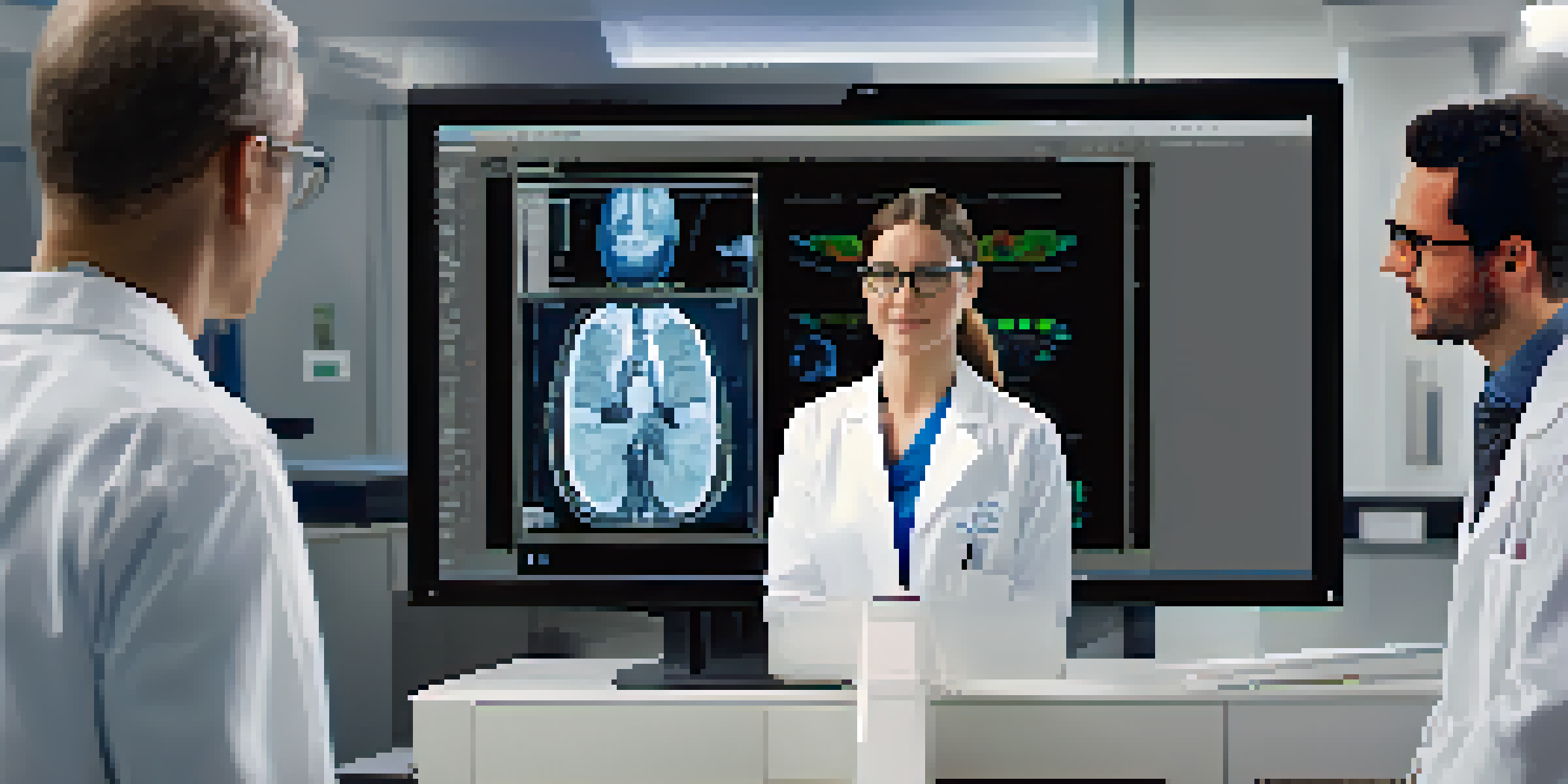The Importance of Image Quality in Medical Imaging

What is Image Quality in Medical Imaging?
Image quality in medical imaging refers to the clarity and detail of the images produced, which are crucial for accurate diagnosis. High-quality images allow healthcare professionals to see fine details, making it easier to identify abnormalities or conditions. When we talk about image quality, we’re often considering factors like resolution, contrast, and noise, which all play a significant role in the overall effectiveness of the imaging process.
The Role of Image Quality in Diagnostics
In the world of diagnostics, the saying 'a picture is worth a thousand words' rings especially true. High-quality images help radiologists spot issues that lower-quality images might obscure. For instance, a well-defined MRI can reveal subtle tumors that a grainy scan might miss, thus affecting the treatment plan and patient outcomes.
Importance of Image Quality
High-quality images are crucial for accurate diagnoses, allowing healthcare professionals to identify conditions effectively.
Impact on Treatment Decisions
The quality of medical images doesn’t just affect diagnoses; it significantly influences treatment decisions. Accurate images enable clinicians to devise tailored treatment plans based on the precise nature and extent of a patient’s condition. For instance, if a scan clearly shows the size and location of a tumor, doctors can better assess the appropriate surgical approach or chemotherapy regimen.
Patient Safety and Image Quality
Poor image quality can lead to misdiagnosis or unnecessary procedures, raising significant concerns about patient safety. Imagine undergoing surgery based on an unclear image—it’s a risk that both patients and healthcare providers want to avoid. High-quality imaging reduces these risks by ensuring that medical professionals have the best possible information to inform their decisions.
Impact on Treatment Decisions
The clarity of medical images directly influences treatment plans, enabling clinicians to tailor approaches based on precise information.
Technological Advances in Imaging
With advances in technology, such as digital imaging and AI algorithms, the quality of medical images continues to improve. These innovations enable healthcare providers to produce clearer, more detailed images while minimizing exposure to radiation. The integration of artificial intelligence also aids in identifying potential issues in images, further enhancing diagnostic accuracy.
Training and Expertise in Image Interpretation
Even with high-quality images, the expertise of the clinician interpreting them is vital. Radiologists and medical professionals undergo extensive training to discern subtle differences in image quality and what those differences might mean for patient care. Their ability to interpret these images accurately can be the difference between a correct diagnosis and a missed opportunity for treatment.
Technological Advances Enhance Care
Innovations like AI and digital imaging improve the quality of medical images, enhancing diagnostic accuracy while minimizing risks.
Cost Implications of Image Quality
Investing in high-quality imaging technology may seem costly upfront, but it can save money in the long run by preventing misdiagnoses and unnecessary treatments. Facilities that prioritize image quality often see better patient outcomes, which can lead to higher patient satisfaction and retention. In a competitive healthcare market, these factors can significantly impact a facility's reputation and financial health.
The Future of Medical Imaging and Quality Standards
Looking ahead, the focus on image quality in medical imaging will likely continue to grow, driven by evolving standards and patient expectations. As healthcare becomes increasingly data-driven, the demand for high-quality images will be paramount in ensuring accurate diagnoses and effective treatment plans. Continuous improvement in imaging technology and training will be essential to meet these challenges and enhance patient care.